Last year, my sister mentioned an exhibition the gallery where she works was holding, one that she thought I’d be interested in. It was the exhibition of Keith Miller and his travel sketchbooks. I had every intention of going, but you know how time seems to slip by without you realising. Fortunately, a few weeks ago, Keith got in touch with me, and I got to delve a little deeper into his amazing work!
Your sketching style is very fluid and unique. How did this develop?
In terms of my sketching style, I find that factors such as the size of the sketchbook I’m using, the time available for the execution of the drawing or painting and the specific media I’m using, dictate the “stylistic outcome” so to speak.
In my mind, some subject matter seems to cry out for a specific media. For example, in ‘Cafe, Cadiz, Spain’ (from 1970 on my first trip to Europe), I was attracted to the famous ceramic tiles that clad the city’s old buildings. Pen and ink seemed the logical media to capture the patterning of the tiles and the old signage. As well, stylistically this drawing is very much under the influence of a very ‘graphic’ approach to drawing and illustration, then very popular with artists and art students, (David Hockney’s drawings of the 60’s are an obvious example).
Jaipur, India
On the other hand, in “Jaipur, India” I was in a busy spot and needed to get a quick impression of the street activity- the traffic, heat and dust. I had a small sketchbook on hand and used a soft pencil, (6B, I think) to capture the half tones of the foliage, and to rapidly capture the movement of the cyclists. In that way the speed of execution reflects the rapidly changing scene. So, very practical considerations often dictate the approach or style of the drawing or painting.
Let’s talk about process. What steps do you take when creating each piece?
In terms of subject matter, I have a bias towards quite ordinary things and scenes. Although I’ve visited quite a few ‘exotic’ places, it’s important to remember that for the people who live there, it’s day to day ‘business as usual’ so I gravitate towards scenes that reflect the everyday life of the place, avoiding too much of the purely picturesque or strange.
Port of Ios, Greece
Clearly some scenes ARE pretty, but I’m not as interested in that aspect as some other artists I can think of. For example, in “Port of Ios, Greece”, I wanted to indicate that the town has a busy, working harbor, so I included an old bus and some fiberglass yachts. It’s a beautiful island and town, but I didn’t want to point that out, particularly.
In terms of process, I first had to decide where I could sit undisturbed! I drew the bus first before someone could drive it away. Besides, I’m right handed, so it’s better to proceed from right to left when working with easily smudgeable media like this blue grease pencil. I was interested in the panorama of the scene, so I continued across the spiral to the left hand page, covering the collage element, (it’s probably an excise stamp from a cigarette package – picked up off the ground).
Study of Subway Riders, Tokyo
“Study of Subway Riders, Tokyo” is about as everyday a scene as you can imagine. In this case I had to indicate the man reading first and then the children beside and partly behind him after that. Of course I had to work from left to right in this case because of the positions of the figures. Soft pencil is good for quick sketches like this. From a practical point of few, I had to glance at the people, not study them intently since I hate being ‘discovered’ drawing people. It’s awkward. The seating and the windows are just suggested at the end of the sketch.
What do you hope each piece tells the viewer about the place it represents?
You’re really asking: “Why draw?” It’s not so much that I’m trying to communicate anything to a viewer. Travel sketchbooks- any type of drawing tends to be a private thing… something like talking to myself rather than anyone else. So, the first reason I draw is that I like to have a chronological record of a trip. That’s very basic. Second, drawing/painting is a way of familiarizing myself with the unfamiliar. It’s a way of learning visually about a place… or really, a way of getting my arms around it and partly understanding it, to the extent that that’s possible.
Tonsai Village, Thailand
“Main Mast, Statsraad Lehmkuhl” is from my early days as crew and art instructor on board a Norwegian square rigger when I was trying to grasp the complicated rigging and understand how the sailing ship actually functioned. Third, sketches sometimes serve as preliminaries for much larger studio work. Fourth, wait long enough and the drawings in many cases are describing something that’s disappeared. “Tonsai Village, Ko Phi Phi, Thailand” is a scene of a village completely destroyed by the 2004 Christmas Tsunami. The trees and old houses in “Midday, Pulau Duyong, Malaysia” have fallen to development as this traditional Malay village grew. The young girls probably have children as old as they were when I painted this.
It’s clear you have travelled a lot. Where has been your favourite place to sketch and why?
Favourite place to paint and sketch: Pulau Duyong off the East coast of Malaysia. It’s a traditional Malay village of boat builders. The Island has changed a lot over the years since my first visit in 1987, but I still return from time to time.
The Beached Beder, Malaysia
Aside from travel, what inspires your work?
Apart from things and people I see on my travels, I’m inspired by some of the great artists of the past; Winslow Homer, Thomas Eakins, Edward Hopper, Prendergast. Some of these people were artist/travelers and I enjoy seeing how they handled certain subjects. The influence of Homer is clear, for example in “The Navigation Light, Pulau Duyong”.
If you could sketch anywhere in the world, where would it be and why?
I’d like to continue traveling to S.E Asia since there are so many areas in that part of the world I haven’t explored.
Finally, do you have any tips for readers who might be interested in sketching whilst they travel?
I hesitate to give advise to your readership, since many are no doubt experienced plein air sketchers/painters. However, there may be younger readers who won’t be offended by these “rules of engagement” while undertaking a weeks or months long trip abroad, (particularly in the tropics). So I aim these nuggets at them. Before starting a sketch consider the obvious:
You need a place to sit. You need shade. Hats are fine, but won’t shade your painting or sketch. You need to consider whether your view will be unobstructed for an hour or more. If you’re catching a bus early the next morning, don’t start anything too elaborate. Carry a small pocket size sketchbook as well. Not everything has to take 5 hours. Before leaving a site, ALWAYS check behind you to see what you may be leaving behind.
Thira, Greece
The really interesting places in this world don’t have art supply stores. Bring everything you’ll need. (Cheap women’s hair spray makes for a good fixative, by the way).
Avoid places frequented by children if you can. If your hotel room has a balcony with a view- use it.
If you’re using a cafe as a vantage point, keep on ordering- they’re in business too. When people want to talk with you while you’re working- engage with them- isolation and boredom are the enemy of the solo traveler. Eat very well- after a day’s work, you probably deserve it. Take regular breaks from your trip- weekends exist for a reason. Slow down- don’t try and see everything. India will always be there. Don’t worry too much while you’re painting and drawing- it’s not a novel, just a sketch. Don’t despair over your failures- sketchbooks come with many pages.
Enjoy you’re trip and take possession of it– it belongs to you, not your companions. You may well Not get back to India and certainly you’ll never be the same age again.
You can see more of Keith’s art on his website.

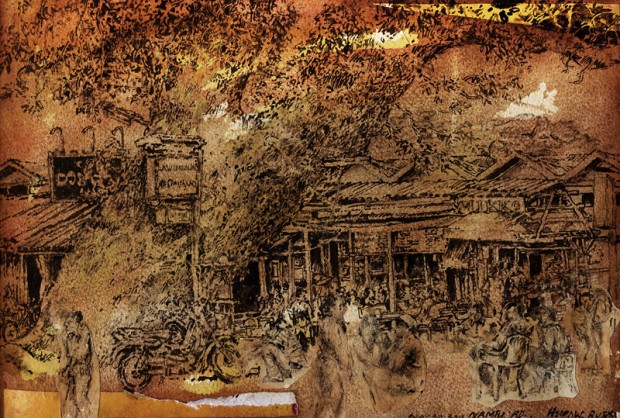
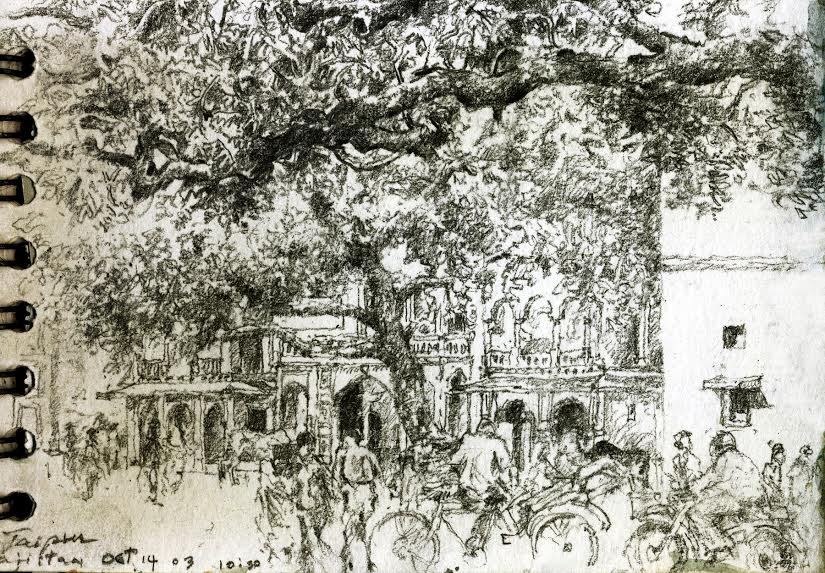
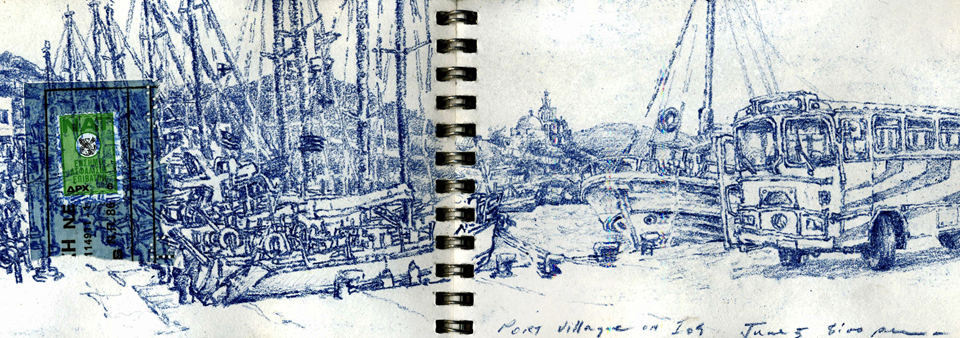
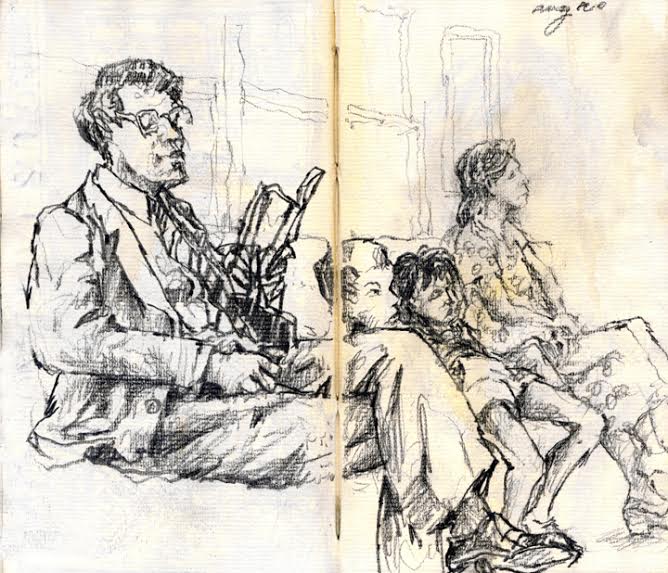
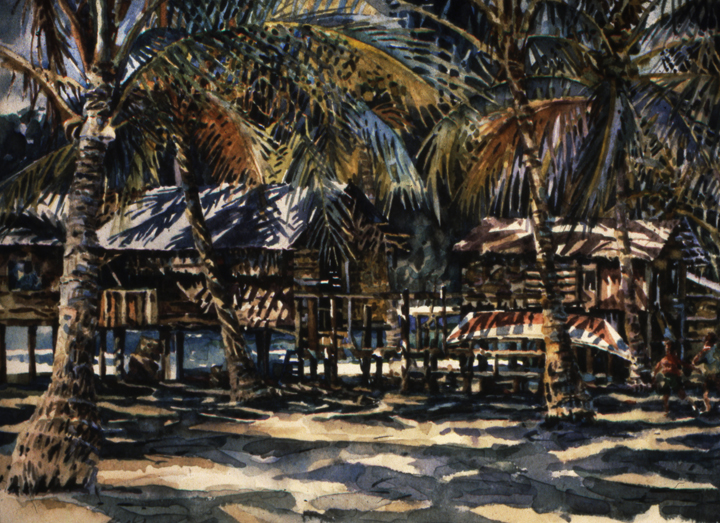
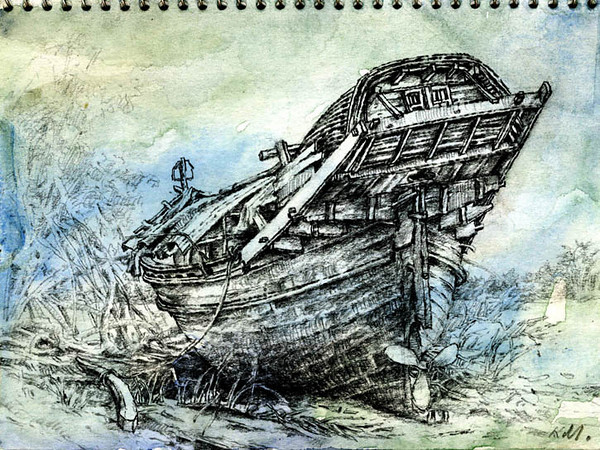
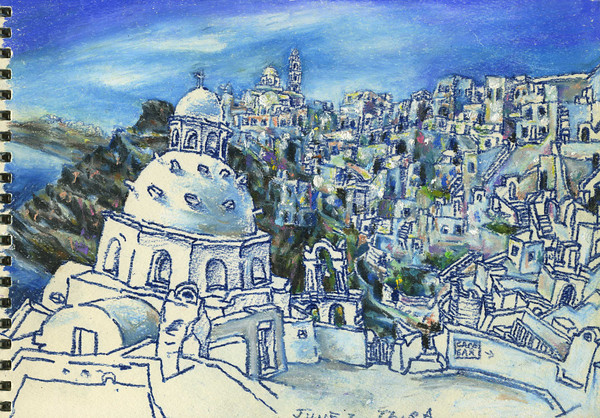


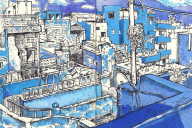
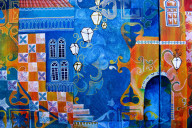
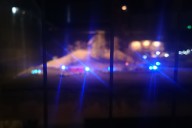





Loved the interview and the sketches. I have dreams of travel sketching. Need to learn to draw. Thanks for introducing me to Keith, Lizzie
Glad you like the interview, Michael, and my pleasure for introducing you to Keith’s wonderful work!